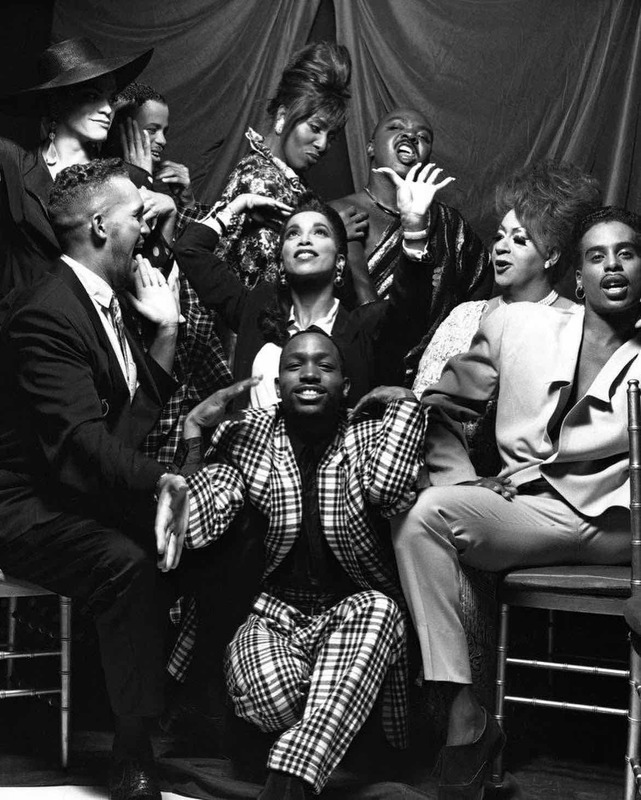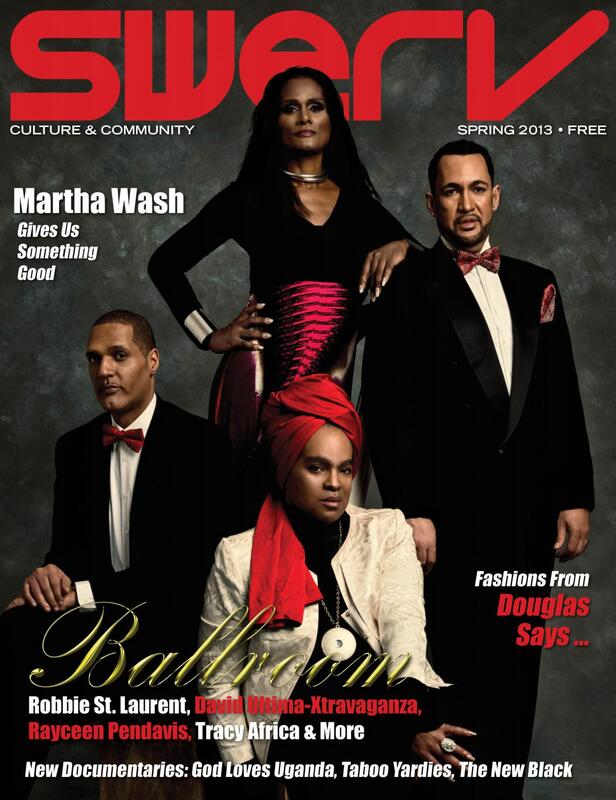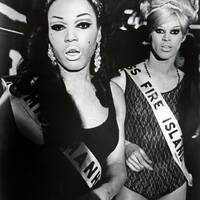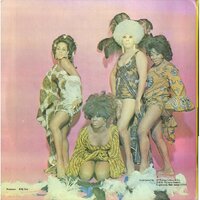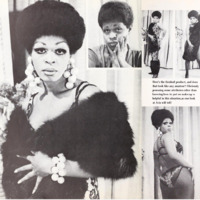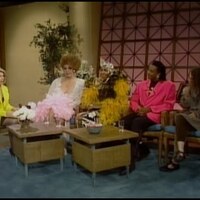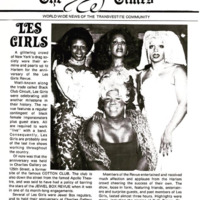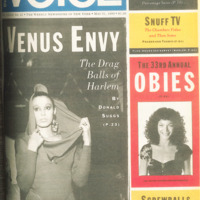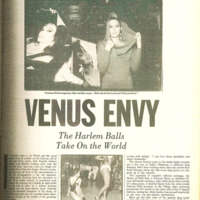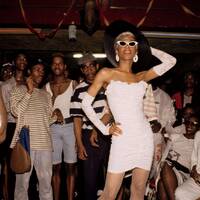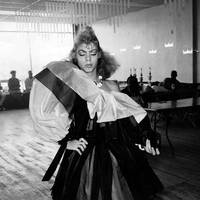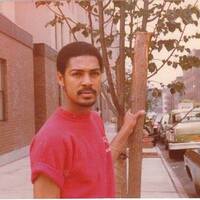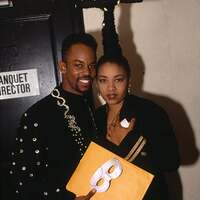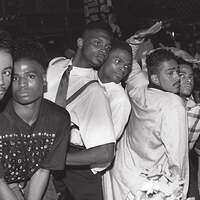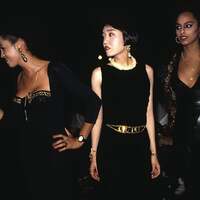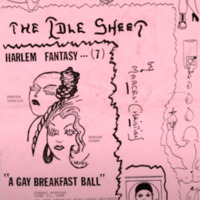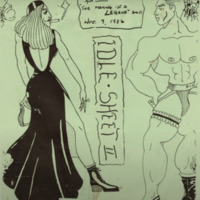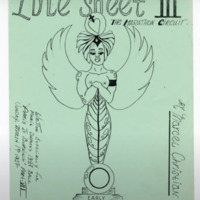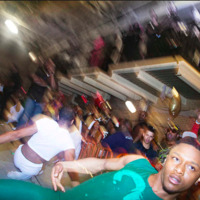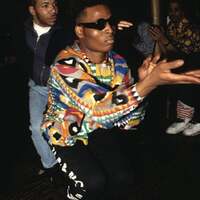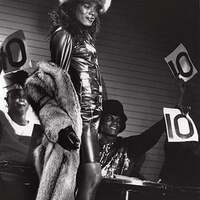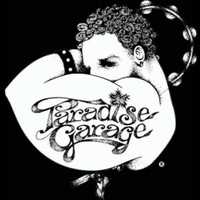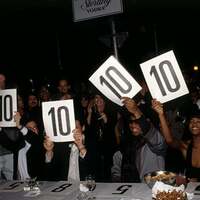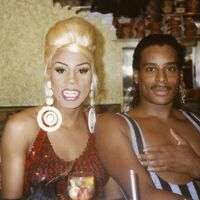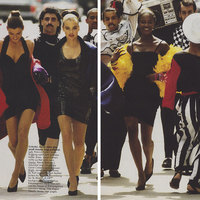The Archive
Project Description
- Documentary focus: A History of Ballroom: Documenting the Era of Ballroom (1972-1990) is a collection of documentaries, photographs, websites, digital archives, etc. that document New York City's Ballroom scene from its formation, known as the White Era, into its First Golden Age, known as the Red Era (Learn Your History).
- We do not own the materials in this archive. Most of the materials in this archive were created by, referenced, or prominently feature ballroom members. Some information concerning legends who have passed away comes from interviews, third-person accounts, and articles. If information regarding houses, members, and other background information needs to be added, removed, or changed, please let us know.
- Consideration of archival practices: In considering the history of LGBTQ archives discussed in the article "Archivist as activist: lessons from three queer community archives in California," (Wakimoto, et. al) this is intended to be an archive that includes a variety of records, which are available online, (i.e. photographs, drawings, videos, interviews, etc.) that were created by, referenced, or feature ballroom community members.
- Criteria for record selection: The criteria for our records entailed collecting materials that were referenced by members in interviews or on websites in order to avoid selecting materials that othered or portrayed the ballroom community through a negative lens.
- Target user group: We intend for our core user groups to be members of the ballroom and LGBTQ community who want to view and contribute ballroom records from its formation and into its first Golden Age as well as users who are interested in black and brown LGBTQ history.
- Perspectives: This archive is not reflective of the entirety of the ballroom scene nor its members. It important to consider the missing voices and perspectives that may not be present in this archive. Some members and houses maintain websites and social media pages that document their experiences in Ballroom. For members and houses who are deceased or no longer active in the scene or social media, some information is provided through third-person interviews and articles. Nontheless, this is a growing archive that hopes to gain more insight, community input, and an array of narratives and perspectives on ballroom and its community.
Background
- Ballroom began in the late 1800s as drag pageants and social events where thousands of people from different racial, socio-economic, and gender backgrounds would come to Harlem and Lower Manhattan to compete, dance, and dress in elaborate costumes. While law enforcement attempted to stop balls through entrapment, raids, and arrests, balls continued to flourish across the state.
- On the contrary, many Black queens noted the racism and colorism that permeated the integrated Balls. By the 1960s, Black queens grew tired of the marginalization they faced as members of the black and LGBTQ community, therefore, they began hosting their own balls. In 1962, Marcel Christian, was noted to be one of the first to host an all-black ball. A few years later, another turning point in ball culture took place when Crystal LaBeija founded the House of LaBeija in 1972, the first ballroom House, at the suggestion of her friend Lottie. (Lawrence, 2011, pp. 3-11)
- From the 1970s onward, the number of Houses grew expotentially across New York and eventually the world, serving as family units for displaced Black and Brown LGBTQ youth and adults as well as units that fostered creativity, performance, and education. At the Balls, mothers, fathers, houses, and people from different racial, class, and gender backgrounds competed for grand prizes in an array of categories. Today ballroom has cemented itself as the safe space for members of the Black and Brown LGBTQ community as well as the foundation for the popular culture we see today.
